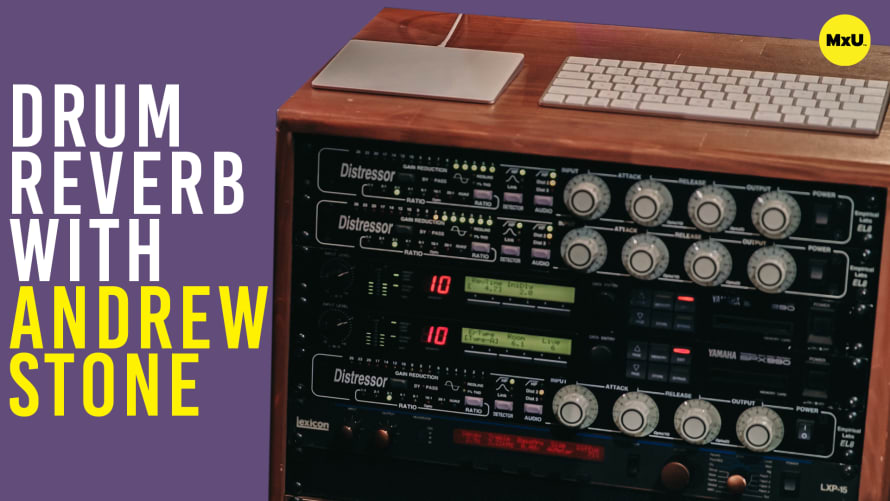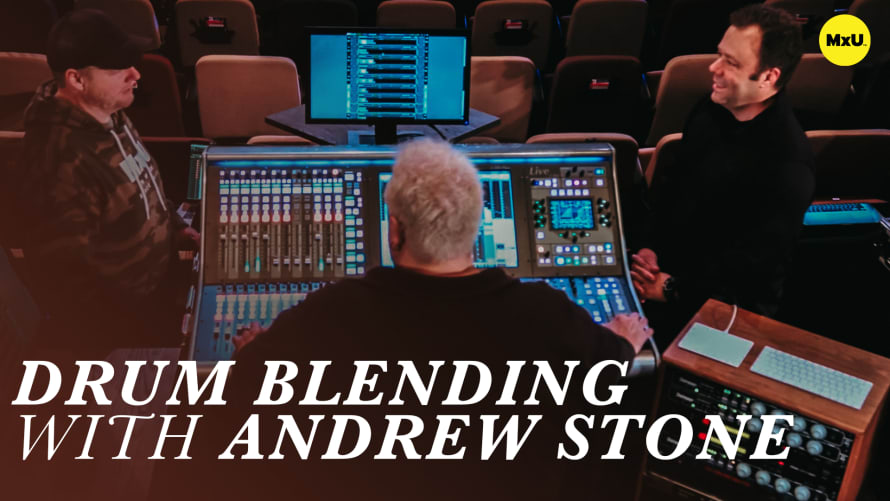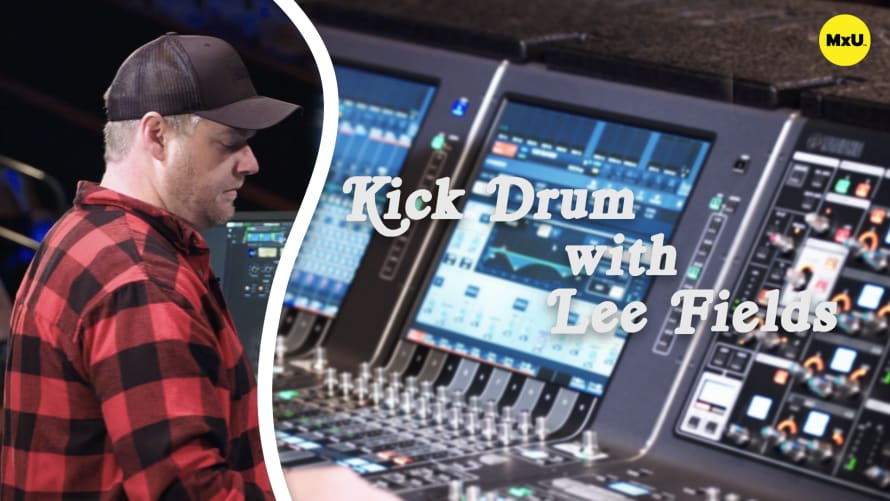Toms with Lee Fields
More in MxU
Explore Lee Field’s approach to mic’ing and mixing toms in a drum kit. Focus on the unique challenges and techniques used to bring out the best sounding tom drum. There is a clear distinction between coated and clear heads. This distinction affects EQ, gating, and reverb application. The goal is to achieve a bright, clear tom sound. It should blend seamlessly with the rest of the kit.
Key Points:
- Toms are crucial in a drum kit. Their sound significantly affects the overall kit's quality.
- Coated heads on toms present unique challenges compared to clear heads. This is especially true when trying to achieve a high-end sparkle.
- A combination of EQ and gates is the primary approach, with occasional use of compression.
- Specific microphones, like the KSM 32, are chosen for their quality and impact on the drum sound.
- EQ adjustments focus on removing mid frequencies. These are around 4600 Hz. They also boost attack around 7k Hz for coated heads.
- Coated heads naturally offer fewer frequencies above 10k Hz. As a result, they emphasize high-end frequencies less.
- Gating is carefully set to respond appropriately to the drum's sound. It is not triggered by other kit elements like the snare or cymbals.
- The same reverb used on the snare drum is also applied to the toms. This maintains consistency and coherence in the overall drum sound.
Topics
Categories
Audio
301
Nothing added











